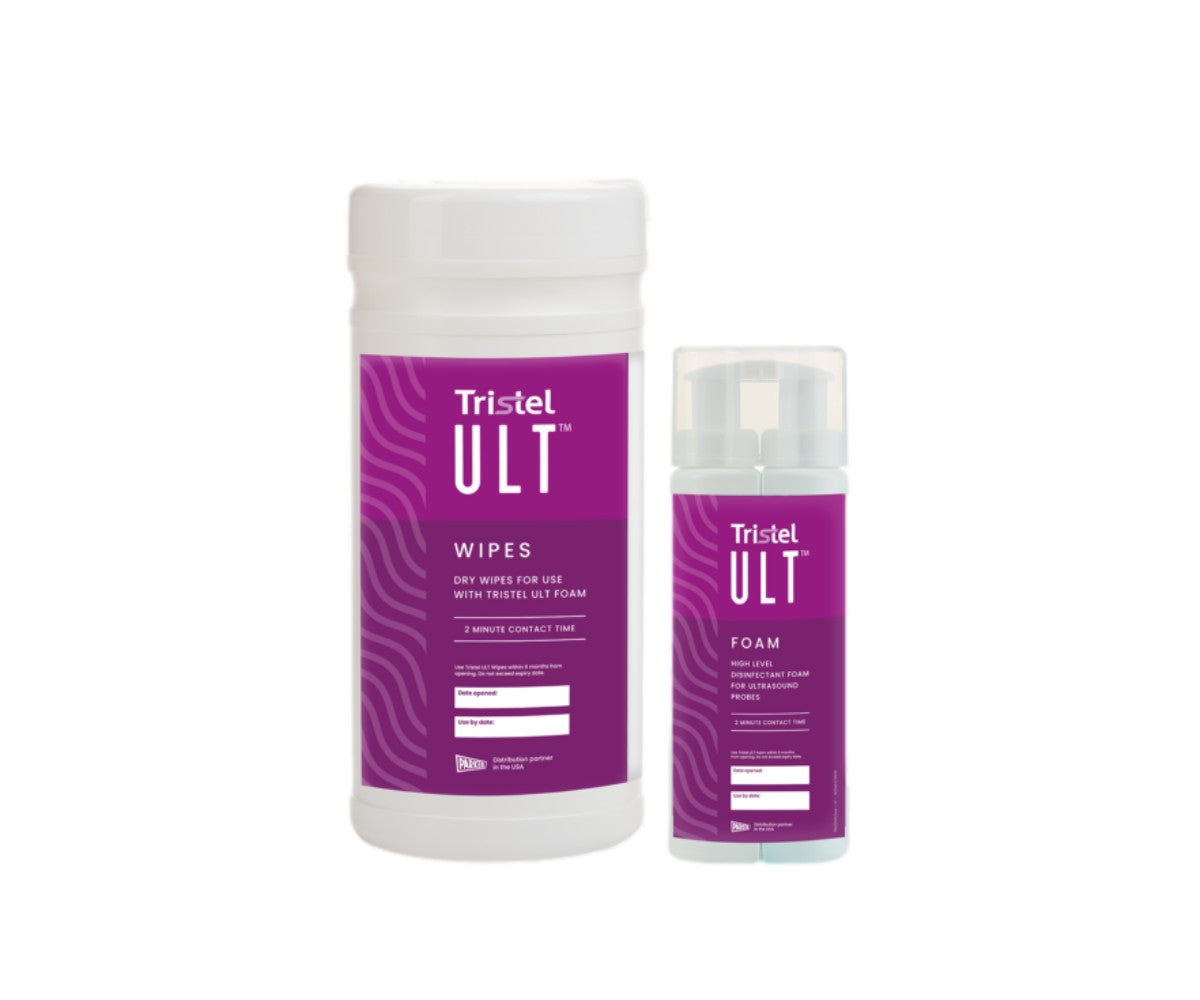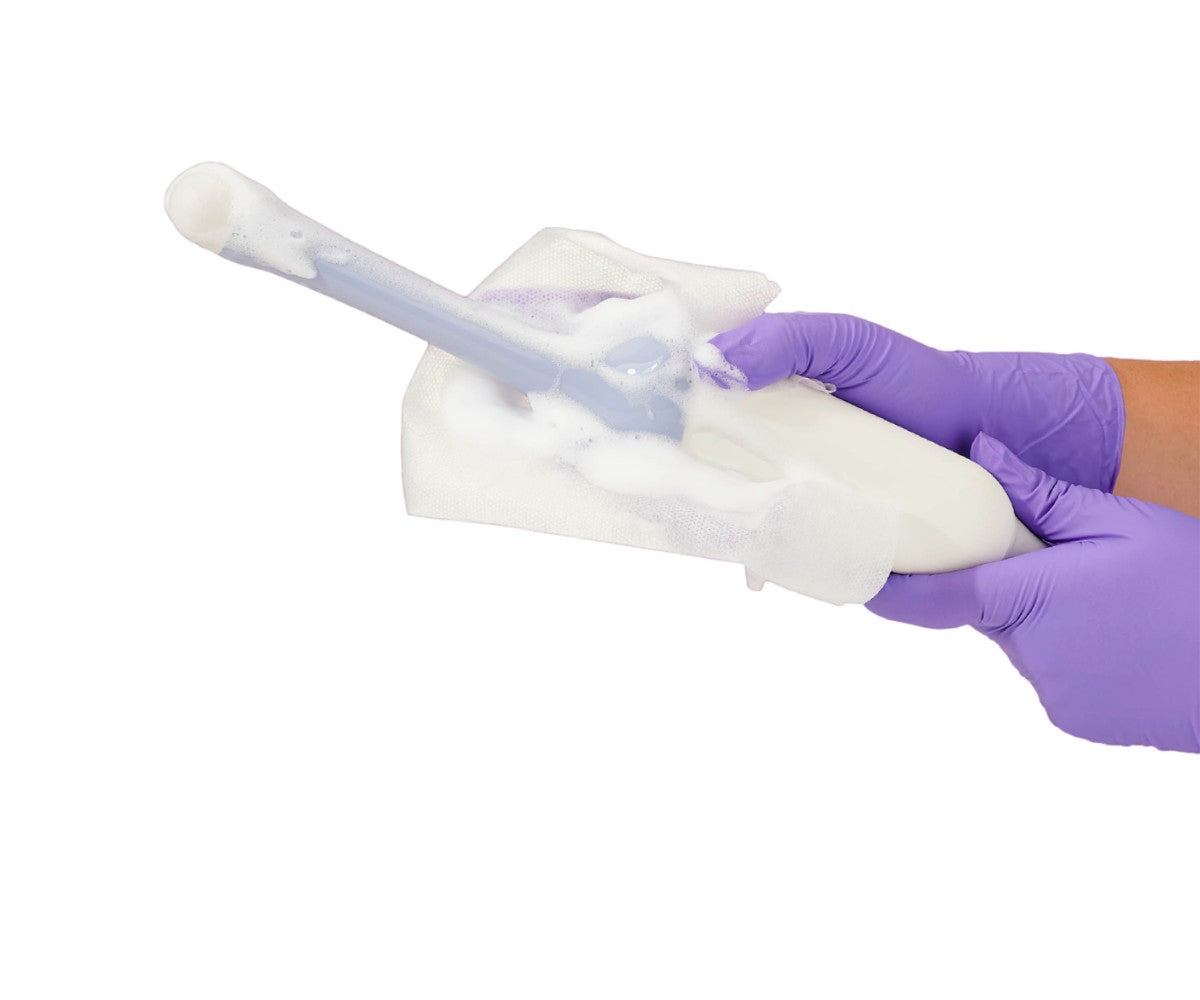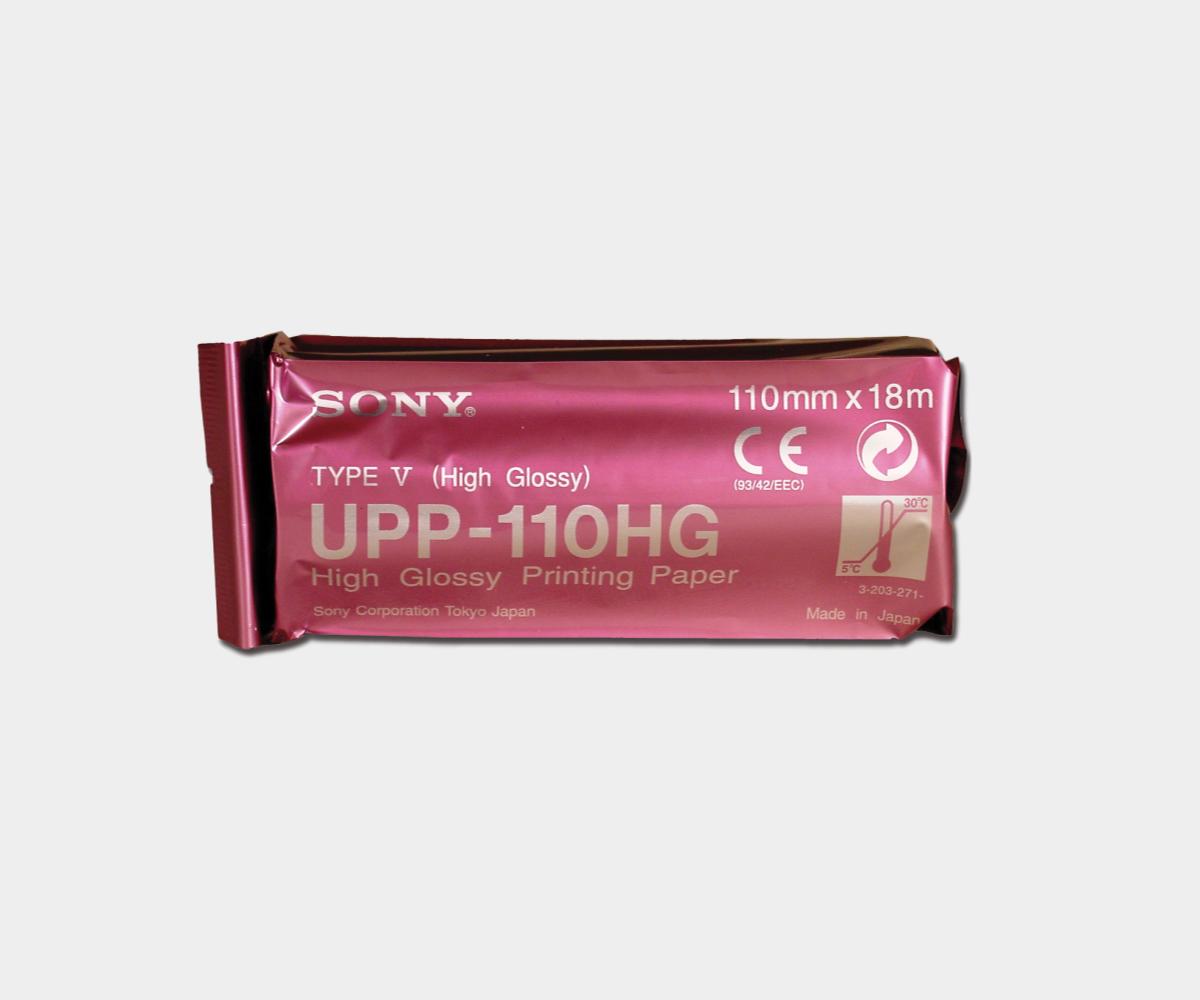Ensuring infection control excellence is not just a regulatory requirement but a vital aspect of maintaining patient safety in ambulatory surgery centers (ASCs). However, a report published by the Centers for Disease Control and Prevention (CDC) in 2010 revealed alarming lapses in infection control practices across ASCs.
Out of 68 ASCs surveyed, a staggering 67.6% exhibited at least one infection control finding. Common issues included improper use of single-dose vials, equipment reprocessing failures, and deficiencies in blood glucose monitoring equipment.
Explore in this article how ASCs can enhance their infection control protocols and elevate the standard of care for all patients.
Prioritizing Hand Hygiene
ASC staff must prioritize thorough handwashing, lasting at least 15 seconds with soap and water, ensuring all areas of the hands are properly cleaned. Additionally, the use of alcohol-based hand sanitizers serves as a convenient alternative, especially when hands are not visibly soiled.
It's also imperative to apply sanitizer effectively, targeting commonly missed areas such as fingertips, thumbs, and between fingers, to effectively combat pathogens and minimize the risk of healthcare-associated infections (HAIs).
Furthermore, healthcare providers must integrate hand hygiene into their daily routines, sanitizing often throughout their shifts and particularly during critical moments like transitioning between patient activities or donning and doffing gloves. While gloves are essential in certain procedures, they should never substitute proper hand hygiene practices.
Before and after glove use, healthcare providers must perform hand hygiene to prevent cross-contamination and uphold patient safety standards. Maintaining a strict one-pair-per-patient glove policy ensures optimal infection control measures, requiring staff to switch gloves between patient interactions.
Optimal Disinfectant Selection
Choosing the right disinfectant for your ASC's surfaces and devices is an important consideration as well in the fight against HAIs. Administrators should consult infection control specialists on which level of disinfection is most appropriate depending on the use case. What's more, ASCs should create disinfection protocols that facilitate consistent and efficient adherence.
The duration of contact time is also a key factor, as regulatory bodies emphasize its importance in evaluating disinfectants. Ensuring that the disinfectant remains on surfaces for the required duration, specified by the EPA for effective pathogen elimination, is fundamental. Material compatibility is a significant consideration too, especially for surfaces common in healthcare settings.
Disinfectants with high alcohol contents, while effective in quick kill times, can pose challenges such as cracking plastic surfaces or causing glaze formation on touchscreens. ASCs must prioritize finding agents that meet efficacy requirements while preserving the integrity of surfaces, ensuring long-term usability.
In addition to contact time and material compatibility, healthcare providers must consider the specific pathogens targeted by disinfectants. For example, the prevalence of Clostridiodes difficile (C. diff) in healthcare settings requires effective disinfection strategies to prevent its spread. While bleach-based products are commonly used for their efficacy, they may pose compatibility issues with stainless steel surfaces, leading to corrosion and subsequent hygiene challenges.
ASC administrators must carefully assess disinfectants' claims regarding their ability to eliminate targeted pathogens within acceptable timeframes, ensuring effective room turnovers and optimal infection control measures. By considering these factors, ASCs can make informed decisions when selecting disinfectants, thereby enhancing the safety and well-being of both patients and staff.
Elevating OR Cleaning Standards
ASCs need a systematic approach to cleaning, starting with prioritizing areas based on contamination levels and frequency of patient contact. Incorporating techniques such as using fluorescent markers during training sessions allows staff to identify high-touch surfaces and assess cleaning thoroughness visually. This method, coupled with the use of black lights or UV lights during inspections, enables ASCs to validate the efficacy of their cleaning efforts promptly.
Furthermore, ASCs can enhance their cleaning verification processes by integrating adenosine triphosphate (ATP) testing. This testing method provides a quantitative assessment of bacterial presence on surfaces post-cleaning. While ATP testing may present challenges in interpretation due to its reliance on relative light units (RLUs), it offers valuable insights into overall cleanliness levels. Nontheless, fluorescent markers remain advantageous in pinpointing specific surface areas that may have been missed during cleaning, facilitating targeted improvements.
Effective Infection Control Risk Assessment
To conduct an effective infection control risk assessment, ASCs should understand the unique characteristics of both their facility and its surrounding community. This involves gathering detailed information on various aspects such as facility services, operating rooms, patient demographics, and the ASC's role in emergency preparedness. By tailoring the infection prevention program plan and assessment to the specific context of the community, ASCs can better identify and address potential risks that may impact patient and staff health.
Developing a structured risk assessment template serves as a key step in the process, allowing ASCs to systematically evaluate potential risks and their likely impact. This template should include sections for listing potential risks, assessing their probability and impact, and evaluating the ASC's preparedness to address them.
By categorizing risks into distinct areas such as patient care, personnel, environment, and emergency management, ASC administrators and infection preventionists can streamline the assessment process and prioritize interventions based on severity and urgency. Furthermore, assigning scores to identified risks helps prioritize actions, ensuring that resources are allocated effectively to mitigate the most critical risks first.
Moreover, putting the assessment into action involves establishing baseline data, identifying regulatory requirements, and setting improvement goals aligned with the ASC's quality assurance and maintain high patient safety standards. Regularly conducting risk assessments, at least annually, allows ASCs to track progress, identify emerging risks, and adapt strategies accordingly.
By prioritizing hand hygiene, selecting optimal disinfectants, maintaining high cleaning standards, and conducting effective risk assessments, ASCs can mitigate the risk of healthcare-associated infections and maintain high patient safety standards. Embracing these practices not only meets regulatory requirements but also fosters a culture of excellence in infection control, ultimately leading to improved patient outcomes and satisfaction.










